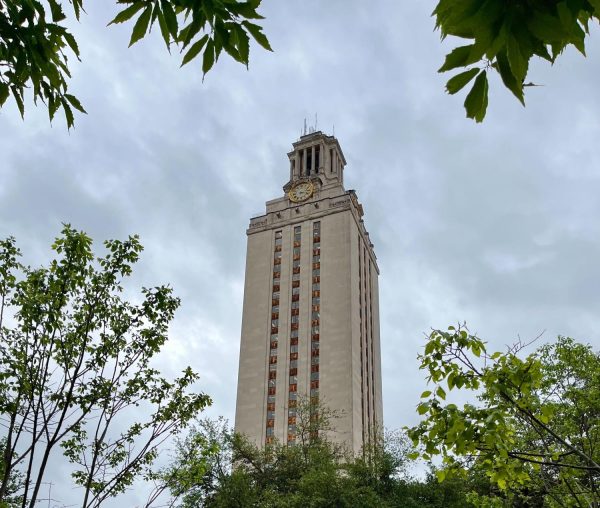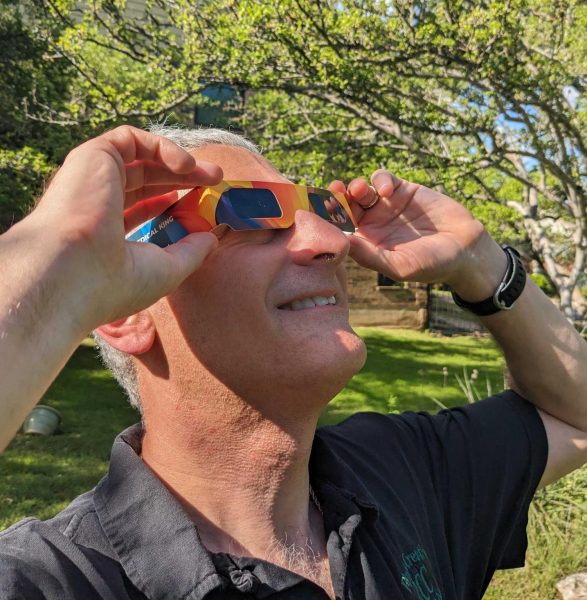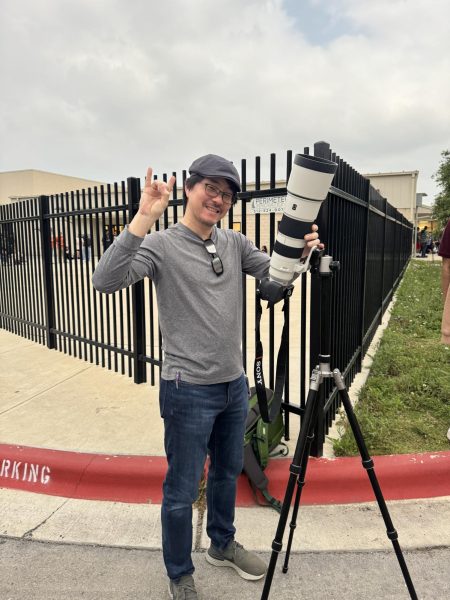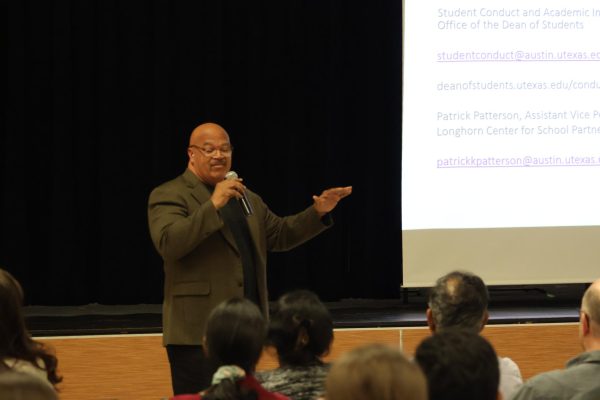California Suffers From Series of Mudslides

California, the victim of grave natural disasters as of late, has recently suffered yet another tragedy: a series of mudslides on January 9, 2018. These devastating mudslides were especially damaging because of the wildfires just months prior, which burned away much of the vegetation that would have resisted the movement of the ground otherwise. As of the time of this article, 21 people have been pronounced dead because of the mudslides with over 65 houses being completely destroyed and over a hundred more being damaged.
Taking place in Montecito and Santa Barbara — places already reeling from the destruction of the Thomas Fire, which scorched 281,893 acres in December — these mudslides have left only wreckage and debris in their wake. Unfortunately for the citizens of these affected areas, the rain which they thought would be their salvation from the recent wildfires was what sealed their fate in the end. The heavy downpour that assisted in containing the flames in the mountainous areas above Montecito and Santa Barbara ended up bringing down “boulders, rocks, and cement-thick mud” onto the cities with unrelenting fury.
Residents of the affected areas that have not or cannot evacuate at this point are now left with the crippling possibility of losing all access to power, water, and gas, which is an especially deadly outcome for those without places to go.
What is more devastating about these mudslides, and mudslides in general for the most part, is that their path was impossible to predict, leaving authorities with little to no information regarding whom to evacuate in time. This is because of the many channels, most less than a meter wide, that criss-cross the hills and mountains above Montecito, which can direct and flow debris in random directions. With these channels in mind, Jonathan Godt, an expert in landslide hazards for the United States Geological Survey, claims that he is reluctant to criticize emergency officials for not evacuating certain areas sooner.
Another aspect of the region’s geology that has worked against the residents of the area are the so-called alluvial fans, a cone-shaped layer of sediment usually created at the top of a mountain range that spreads down into surrounding areas through heavy storms. These formations, which are often easily excavated after they are created, are prime spots for developers to build upon, as they offer beautiful panoramic views of the surrounding area. However, as shown by the most recent mudslides and those in years past, building and living in alluvial fan areas is not without cost, and most certainly not without risk.
Some areas in California have begun to build defenses against these events in recent years, but they are few and far between and easily overwhelmed. For example, in an area east of Los Angeles called Rancho Cucamonga, the San Sevaine wash has been built, a series of rock levees and deep basins aimed at halting deadly mudflows before they wreak incredible amounts of havoc. This design has been partially replicated in other places as well, such as the most recently affected Montecito.
These defenses, despite best efforts, have not shown to provide a bulwark strong enough against the mudslides however. After the recent events in Montecito, the levees were observed to have been overrun and the basins filled to a point of overflow, allowing the debris to continue downhill. And with most of the area involved in this situation being private property, future advancements on these defenses will most certainly be a difficult process.
One thing that these mudslides have revealed besides the need for stronger fortifications is that Mother Nature does not discriminate based on wealth, class, or race, for multiple celebrities — including Oprah Winfrey, Ellen DeGeneres, and Jeff Bridges — have all had their homes damaged or destroyed by the catastrophic event just as hundreds of other less famous people have.
Fortunately, after nearly two weeks of inaccessible conditions, highway U.S. 101 — a major commuting highway whose alternative routes pose a three hour time increase — has been reopened to the public. While this will allow those whose homes were unaffected by the mudslides to return to their normal lives, those impacted directly by this natural disaster have many months, even years, of struggles ahead.

As a senior at Westwood High School, this will be my second year on Student Press and my first year as World News Editor. Over the course of this year...








